Table of content
Pickling vegetables is a time-honored tradition that preserves the bounty of the harvest, transforming fresh produce into tangy, flavorful delights that can be enjoyed throughout the year. Among the myriad of pickled vegetables, sour green beans (often referred to as pickled acid beans or pickled snap beans in some regions) hold a special place, known for their crisp texture and tangy, sour taste. However, for those who venture into the world of pickling sour green beans, a common question arises: why do some pickled sour green beans develop a white layer, and how can one achieve this desired characteristic?
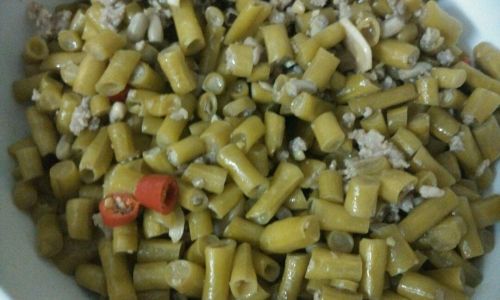
The Science Behind the White Layer
The white layer, often referred to as “bloom” or “surface yeast,” is a natural occurrence in fermented foods, including pickled vegetables. It forms due to a combination of factors, primarily the activity of lactic acid bacteria and yeasts present on the surface of the beans. These microorganisms consume the sugars and starches in the beans, producing lactic acid and other byproducts that contribute to the pickled beans’ tangy flavor.
During fermentation, the beans release carbon dioxide, which can create tiny bubbles on their surface. These bubbles can trap yeast and bacteria, creating micro-environments where fermentation proceeds more rapidly. As the yeast and bacteria multiply, they can form a visible layer, which can vary in appearance from a thin, translucent film to a thicker, white bloom.
While the presence of a white layer is often perceived as a sign of proper fermentation, it’s important to distinguish between beneficial yeast and mold. Mold typically appears as fuzzy, colorful growths that can have a different texture and color from the typical white bloom. If you notice mold, it’s crucial to discard the pickled beans immediately to avoid potential health risks.
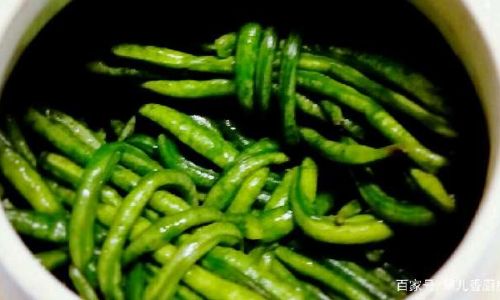
Achieving the Perfect White Layer
Achieving a desirable white layer on pickled sour green beans requires a delicate balance of ingredients, fermentation conditions, and patience. Here’s a step-by-step guide to help you achieve this:
Selecting the Right Beans
Start with fresh, tender green beans. The variety you choose can influence the final texture and flavor, so opt for beans that are known for their crispness and suitability for pickling. Avoid beans that are overly mature or have begun to toughen, as they may not ferment well.
Preparing the Beans
Thoroughly wash and trim the beans, removing any ends or imperfections. Blanching the beans in boiling water for a brief period (usually 2-3 minutes) can help to soften them slightly and kill surface bacteria that could compete with the desired fermentation bacteria. After blanching, plunge the beans into ice water to stop the cooking process and maintain their crispness.
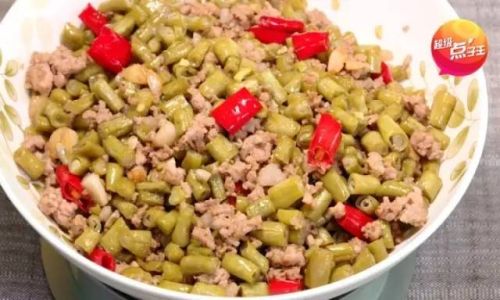
Brining the Beans
The brine is crucial for creating the right environment for fermentation. A typical brine for pickled sour green beans includes water, salt, and sometimes vinegar or other acidic ingredients to help control the fermentation process. The salt concentration is particularly important; too little salt can lead to unwanted bacterial growth, while too much can inhibit fermentation.
A common brine recipe for pickled sour green beans is a 5% brine, which means for every liter of water, you add 50 grams of salt. You can also add a splash of vinegar or a packet of pickling salt, which contains a blend of salts and sometimes anti-caking agents designed for pickling.
Fermentation Conditions
The temperature and environment in which the beans ferment will greatly influence the development of the white layer. Ideally, fermentation should occur at a temperature between 68-75°F (20-24°C). Warmer temperatures can speed up fermentation but may also increase the risk of unwanted bacterial growth.
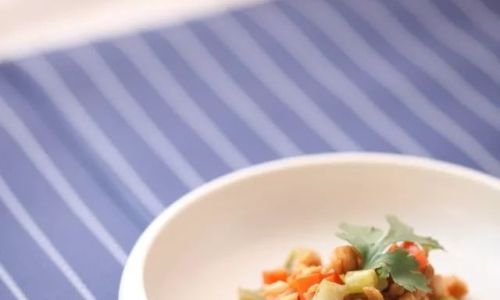
Use a clean, non-reactive container (such as glass or ceramic) for fermentation. Ensure that the container is large enough to allow for the expansion of the beans and brine during fermentation. Cover the container with a loose-fitting lid or a weighted fermentation lid to allow gases to escape while preventing contaminants from entering.
Monitoring and Tasting
Fermentation can take anywhere from a few days to a couple of weeks, depending on the temperature and the specific conditions of your brine. It’s important to monitor the beans regularly, checking for signs of mold and tasting periodically to assess the flavor.
As the beans ferment, you may notice bubbles forming and a slight increase in volume. The beans will gradually turn a darker green and develop a tangy, sour flavor. The white layer may start to form during this time, usually appearing first on the surface of the brine and then spreading to the beans themselves.
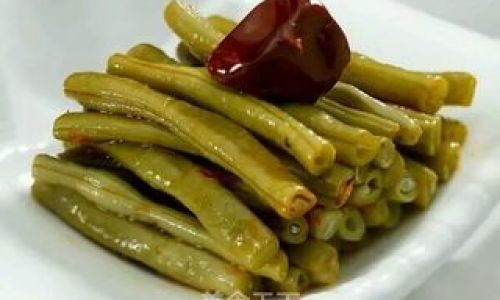
Storing the Pickled Beans
Once the beans have reached your desired level of tanginess and the white layer has formed, it’s time to store them. Transfer the beans and brine to a clean, airtight container and refrigerate. Cold temperatures will slow down further fermentation, allowing you to enjoy your pickled sour green beans over an extended period.
Conclusion
The white layer on pickled sour green beans is a natural byproduct of the fermentation process, indicating the presence of beneficial yeast and bacteria. By carefully selecting your beans, preparing them properly, creating the right brine, and monitoring fermentation conditions, you can achieve a beautiful, tangy batch of pickled sour green beans with a perfect white layer. Remember, patience and attention to detail are key to successful fermentation, so take your time and enjoy the process of creating your own pickled treasures.
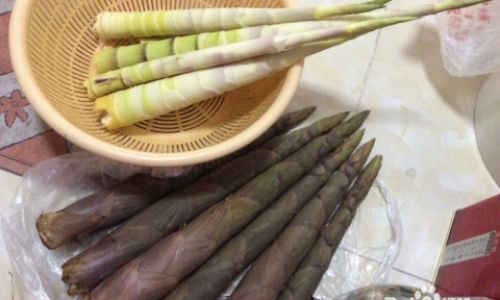
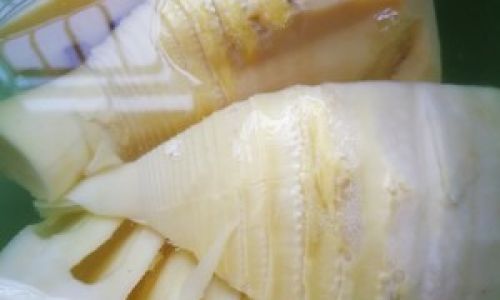
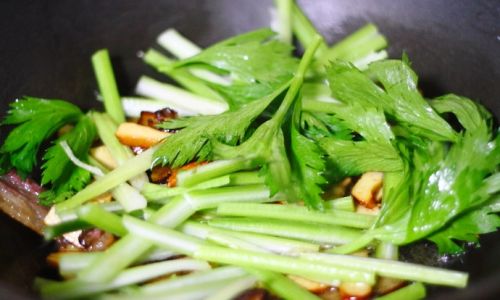
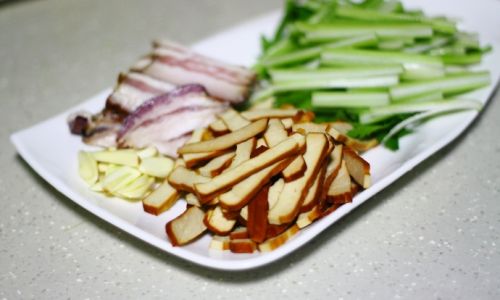
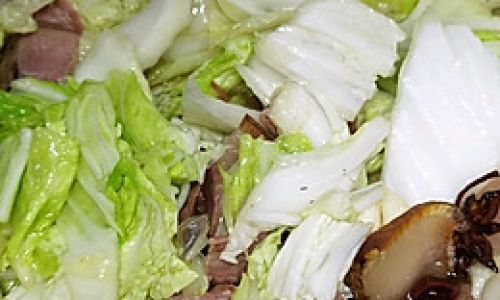
0 comments